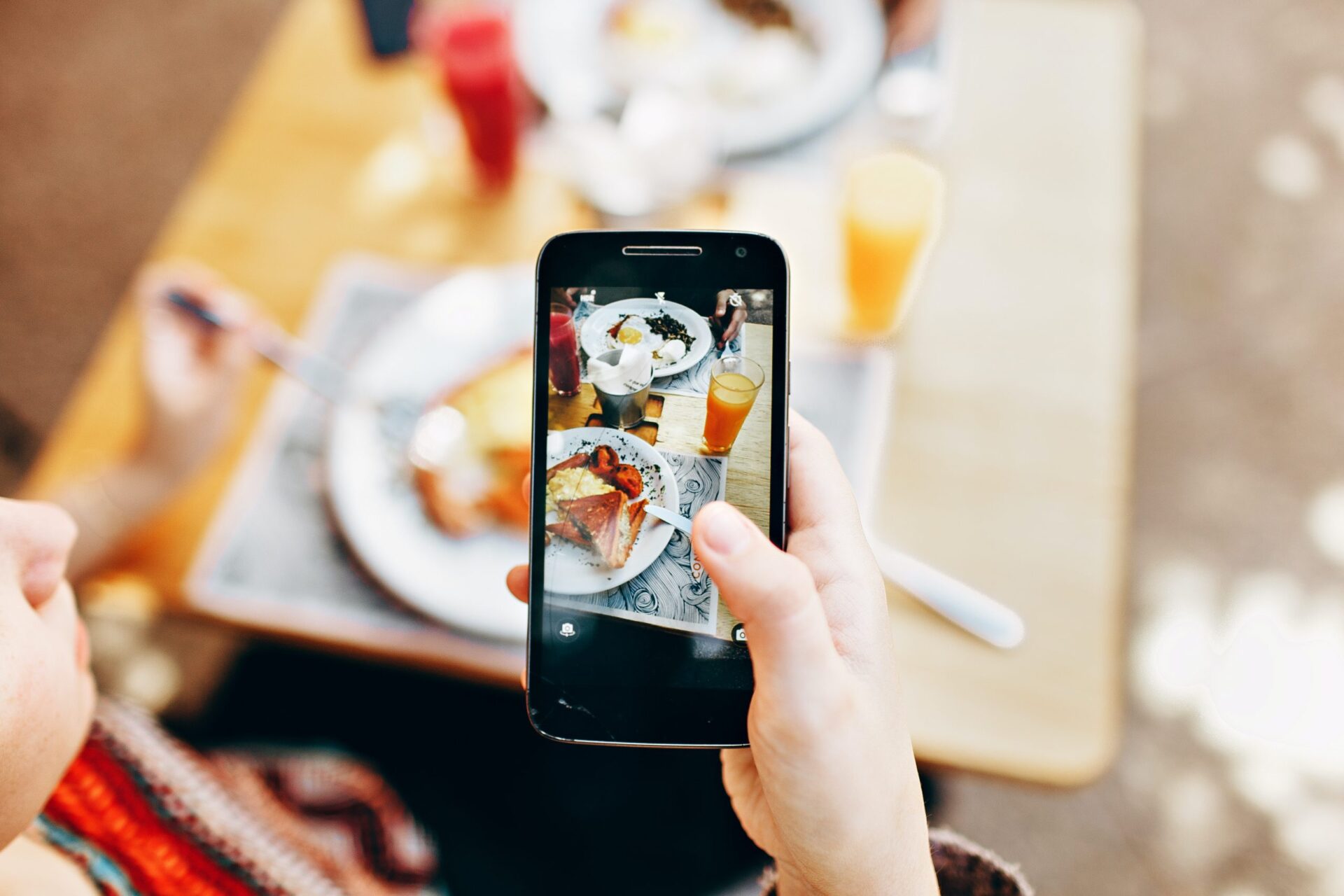The Rise of Virtual Restaurants: Marketing as a Driving Force to its Success
The growth of the hospitality industry over the last couple of years was nothing short of impressive. This trend was quickly cut short at the onset of the Coronavirus pandemic. With more than 110,000 restaurants closed permanently in the US alone and many more no longer serving indoor dining, it would be safe to note that the industry has seen better days.
As part of their survival tactics, most restaurants opted to go digital, allowing their customers to order food from their websites or apps. But this alone won’t be enough. Most restaurants currently serving in various parts of the world use services - from food delivery apps like Uber Eats, Grubhub, and many more.
As such services become more popular, especially after the outbreak of the pandemic, you’d be forgiven for thinking that the trend just started the other day. However, the birth of the first virtual restaurants could be traced to close to a decade ago in the US. The $43.1-billion global market of 2019 is projected to record significant growth, reaching $74.1 billion by 2027, and the industry doesn’t appear to go down any time soon.
So, what exactly are virtual restaurants? How does marketing become a driving force for their success? This post seeks to answer these and other related queries you may have regarding the best practices of running a successful virtual restaurant.
Defining virtual restaurants
Also referred to as ghost restaurants, virtual restaurants offer a delivery-only dining experience which is, in most cases, facilitated through digital applications and platforms. A restaurant may promote the delivery-only model through their apps or website, where they make it easy for a customer to place the order therein, or they can have their restaurant and products featured on third-party food delivery apps.
With this model in place, restaurants no longer need to have dining spaces as all they may require is just a kitchen ‒ or a part of it. Virtual restaurants mitigate traditional expenses like hiring venues, waiters, buying expensive furniture, and many other costs. All this is done while providing customers with a more convenient and faster way to dine.
These restaurants have even skyrocketed in numbers following the outbreak of the pandemic, as social restrictions took charge. It is much safer to have the food delivered to you, in the comfort of your own home. This means that those running restaurants have better chances of staying in business should they incorporate this system.
Technological advances in ghost restaurants have continually improved online user experience and operating more efficiently in a bid to lure more clients. All this can be evidenced by the many businesses that are investing heavily in the virtual restaurant business.
How does a virtual restaurant work?
You’re now aware that virtual restaurants operate within a digital platform, such as an application. But how exactly does it work?
Well, a restaurant gets featured within the app, advertising its food. Using a web or mobile app, patrons can see food menus, place the order for the food they’d like, and pay for the meals online. Once they’ve placed the order, the restaurant gets notified, and they begin preparing the meal in their kitchen. When the food is ready, the food-delivery service transports the meal to the customer’s location, as specified in the order (it can be at home, workplace, etc.).
The benefits of owning a virtual restaurant
The most obvious benefit to owning a restaurant is that you get to save on the extra, unnecessary costs. For instance, you don’t really have to purchase a space in a high foot traffic area, no need to hire waitstaff, and definitely no point in buying high-end furniture.
Moreover, you get to rent out a smaller space to fit just your kitchen, which you can equip to help you make better meals. You also don’t have to depend on table turnover rates, as you enjoy more flexibility and better testing opportunities.
Owning a virtual restaurant doesn’t guarantee returns, unfortunately. As the owner, you may need to put in a little extra effort towards marketing your venture. As there are relatively many competitors that you may have to deal with, marketing becomes a crucial aspect of your business.
There’s a lot to catch up on regarding marketing your virtual restaurant. Fortunately, nowadays there are many opportunities you can benefit from to upgrade your marketing skills and record improved effectiveness of your efforts.
Thus, to put yourself ahead of your competitors, you should continuously keep up with the marketing trends and, especially in the context of the rising popularity of online learning platforms, aim to further develop your knowledge in the field.
So, how do you go about marketing a virtual restaurant? Let’s take a look at our top five points:
How to market a virtual restaurant
Designing an interactive-user friendly website
In the digital age, a business without a functional website is only operating on borrowed time. With over 4.7 billion internet users globally, you must also get a share by being part of the trend. Working on the on-site SEO (Search Engine Optimization) of your virtual restaurant and having an on page SEO checklist to ensure that your website is well-optimized will result in an improved customer experience, while also bringing more online visibility to your restaurant and putting you in front of a bigger audience.
All you have to do is design the website so that you can showcase your food menu, allowing patrons to scroll through the website to look for what they want. You should also put systems in place that enable the visitors to order the food directly from your website.
Having a good and responsive website alone won’t do the trick. You need to optimize your website for a search engine to enable internet users to find you easily, more so if you’re not an established brand.
SEO needs you to identify your target audience and determine what they are searching online to find you. The words (or phrases) you come up with will form the keywords that you’ll use throughout the website. There are also many other factors that come into play for SEO, as you also have to consider all three key aspects: technical SEO, onsite SEO, and off-page Search Engine optimization.
Consider the importance of visual content
Whether you’re creating content for your website or social media platforms, you ought to understand the importance of creating visual content and having an engaging website. Look for unique, appealing images and videos to include on your platforms, as they have more impact on the readers, making them want to find out more about your restaurant.
When going through a food delivery app, such as Uber Eats, you’ll find a number of restaurants offering the same types of food. But do you know which of them tend to attract more clicks? The ones with more appealing images. Take time to develop outstanding visual content, as it will play a crucial part in making a name for your establishment.
Create a loyalty program
Successful businesses mainly depend on two things: getting new customers and having repeat clients. As a virtual restaurant owner, you need to do everything you can to keep your customers always happy. This you can do by providing delicious meals to suit their tastes.
However, another effective method to implore is the creation of a loyalty program. This is a way to lure your existing customers to keep on coming back to you by giving them incentives such as huge discounts, freebies, and much more. The better the motivations, the higher the chances of them coming back to order food through your digital platforms.
Establish your restaurant’s presence on online review sites
More often than not, we find ourselves typing in a question on a search engine, such as Google, looking for recommendations for the best services and products within your region. Apart from optimizing your website for SEO, you should also get featured on popular review websites or listing sites in your region and niche.
You’ll have a better chance of landing more clients as such review sites tend to add credibility to your restaurant, making more (and new) people trust your establishment.
Furthermore, it would be an excellent idea to invest in a good reputation management solution on your restaurant’s website. This would enable you to monitor and easily interpret feedback from your clients. Besides that, you also get to keep track of all your goals to help you make informed decisions, growing your restaurant business even further.
Invest in geo-targeted ads
Including geotargeting in your virtual restaurant marketing strategy helps you to connect with customers while increasing conversion rates. You can segment your campaigns using a location, enabling you to target the locals with messages that matter to them. It can also be a type of native advertising and further have a positive impact on the marketing efforts and the sales of your virtual restaurant. Almost every social media platform and search engine allow you to run a geo-target advert, which you can use to promote your virtual restaurant.
Conclusion
The future of the hotel industry currently relies heavily on food deliveries and ghost restaurant models. As more people globally continue to embrace this trend, there aren’t any signs that it will soon fade but rather grow even bigger.
Be a part of this market by having your restaurant featured on online platforms and making it possible for patrons to order and have their food delivered by simply making an order via your website or applications. You should also work towards having more people knowing about your venture, and that’s where these five tips will get you going.



